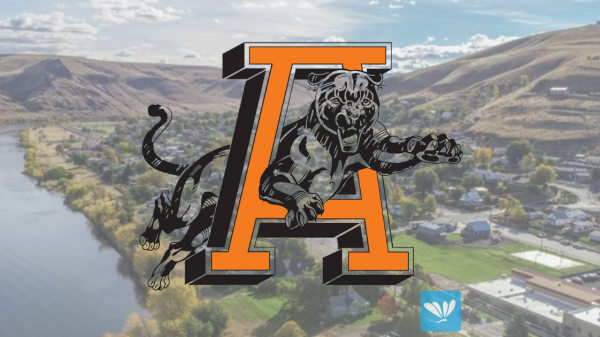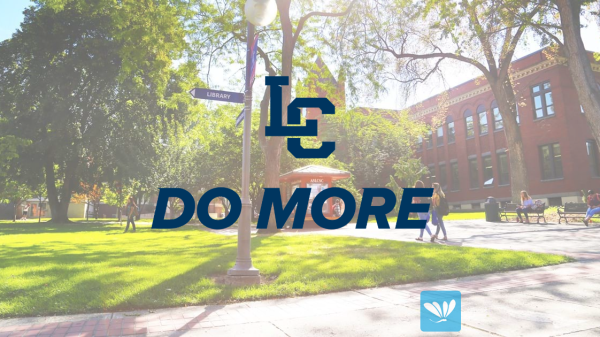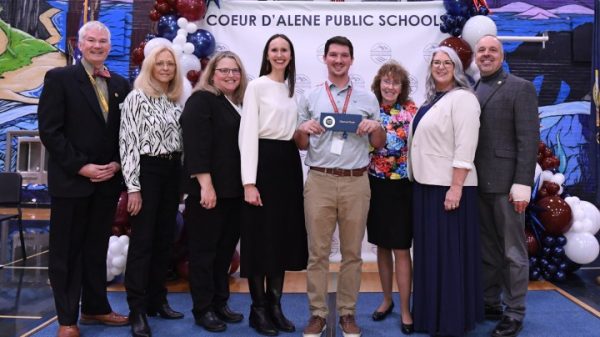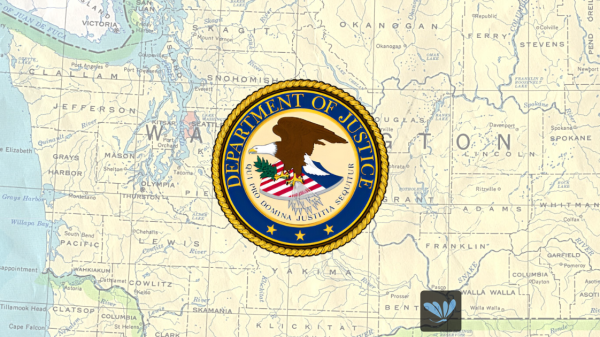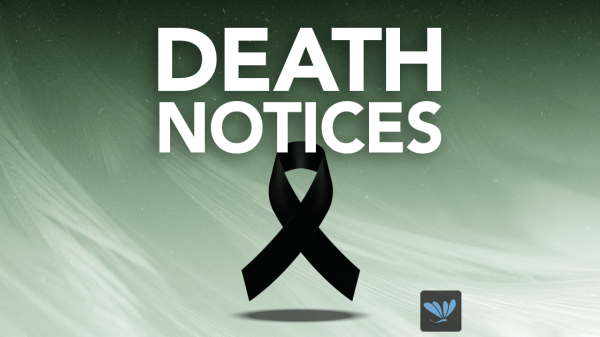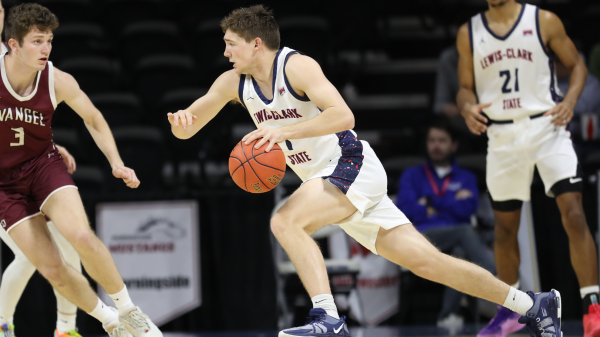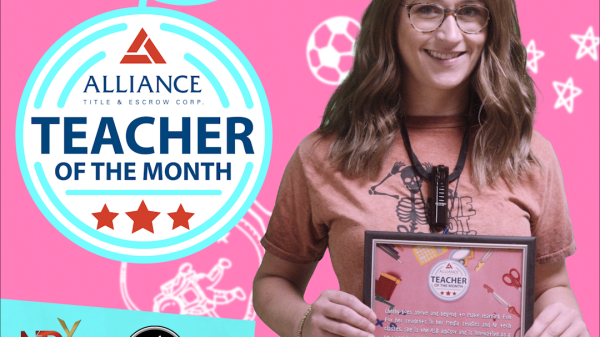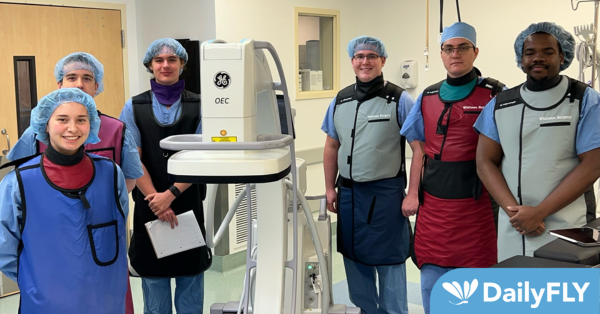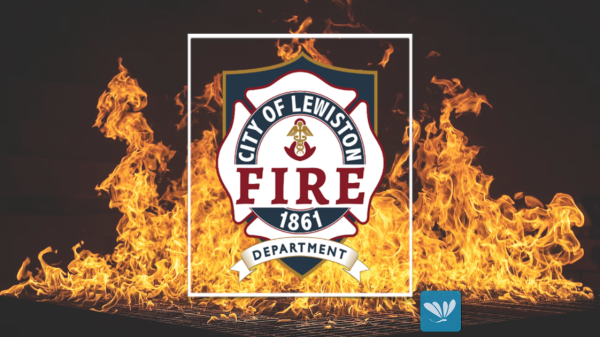MOSCOW— A University of Idaho College of Engineering team has earned $10,000 toward developing a device that improves real-time X-ray imaging during surgical procedures. The new technology could improve the safety of surgical procedures and reduce hospital costs.
Top placement in entrepreneurial competitions statewide has earned the team funding toward patenting the project. Their winnings include first place in the Idaho Women’s Business Symposium Pitch Off in Fort Hall, first place in U of I’s Idaho Pitch , and second place in the technology track of the Idaho Entrepreneur Challenge hosted by Boise State University.
Surgical devices known as C-arms are commonly used during intensive surgeries for deep tissue X-ray imaging. The device is moved and repositioned, adding an additional 20 to 40 minutes of surgery time during a procedure. There is currently no widespread and affordable navigation system on the market that allows C-arm operators to automatically reposition the device to image a precise surgical area.
U of I engineering students partnering with Whitman Hospital & Medical Clinics in Colfax, Washington, to develop a novel method to clearly identify C-arm placement during surgery, drastically cutting surgical time and costs, eliminating unneeded X-ray radiation exposure to patients and allowing surgeons to obtain the clear visuals needed to complete a successful procedure.
Dr. Douglas Hiller, an orthopedic surgeon at Whitman Hospital, has been working with the students to solve the problem he has faced for more than 35 years.
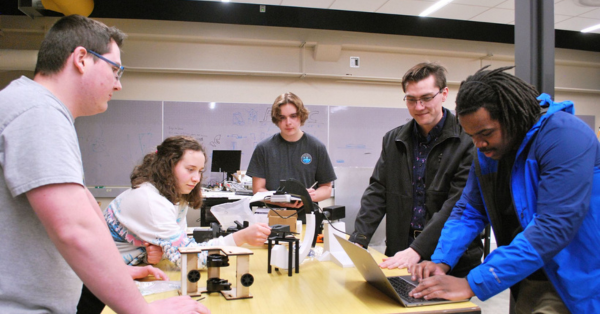
A University of Idaho research team tests their novel method to clearly identify C-arm placement during surgery.
“For surgeons, the C-arm is a huge distraction and cause of frustration,” Hiller said. “It’s cumbersome and difficult to move, and we end up with many more images than are needed. I’ve been thinking about this project since 1988.”
Students on the team include project manager Hailey Faith of Everett, Washington, as well as Hunter Holbrook of Boise, Kyle Fiske of Lewiston, Toby Mclenon of Coeur d’Alene, Alphonse Crittenden of Boise and Turner Zischka of Livermore, California.
“Our retrofitted guidance system allows the technician to see the coordinates in the real-time image and save them in the system,” Faith said. “That makes it easy to direct the C-arm back to the original position.”








